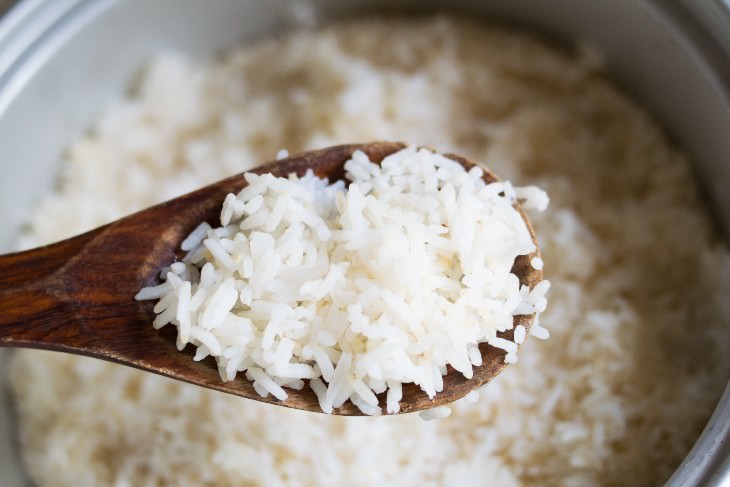Is It Safe to Eat Reheated Rice?
Some foods are more likely to cause food
poisoning than others. We have listed the foods that are more likely to
cause food poisoning previously in this article, but today, let’s focus
on only one of these foods, rice. A significant percentage of uncooked
rice contains Bacillus cereus, a pathogen that commonly causes food
poisoning and can lead to complications in individuals with certain
pre-existing conditions.
If stored at room temperature for long
periods of time, the bacillus can multiply in cooked rice, increasing
one’s risk of infection. Contrary to a popular misconception, however,
reheating leftover rice in itself does not raise one’s risk of infection
with Bacillus cereus, as long as you cook, store and reheat your rice
correctly. This guide explains how to handle rice and leftover rice
safely.
1. How to Cook Rice Properly


You should always handle animal products
and plant-based products separately while cooking, and wash your hands
thoroughly before and between each stage of cooking. This is because
animal products, such as meat and poultry, often contain pathogens that
can spread to other foods aren’t typically exposed to temperatures as
high as animal products are.
When it comes to cooking rice, high temperatures that kill germs are
your best friend, so you should also keep an eye out on cooking
temperatures and make sure to cook rice at a temperature above 60°C
(140°F). Beware that lower cooking temperatures could do the opposite
and urge bacterial growth, so we recommend making sure the temperature
is high by using a kitchen thermometer.
Once cooked, serve the rice immediately and don’t let a bowl or rice sit
at room temperature for more than an hour at any time.
2. Storage Tips for Cooked Rice
Since bacteria typically thrive in temperatures between 5-60°C
(40-140°F), cooling the food as quickly as you can would prevent this
from happening. It doesn’t matter if it’s plain rice, risotto, cabbage
rolls filled with rice or any other rice dish, you should follow these
tips to ensure the rice dish doesn’t harbor harmful microorganisms:
1. Freeze or refrigerate leftovers immediately after cooking. Side note:
check the temperature in your refrigerator and make sure it’s below 5°C
(40°F).
2. Don’t leave cooked rice at room temperature for over 1 hour.
3. Don’t store leftovers in the fridge for more than 3-4 days and in the
freezer for more than 3 months.
4. Package your leftovers smartly: divide the rice into portions to
avoid reheating and refreezing a dish several times.
3. How to Reheat Rice Properly
When reheating leftover rice, it’s important to make sure it has been
heated up to a temperature of over 75°C (165°F) as quickly as possible
and for at least 3-4 minutes irrespective of the way you’re reheating
the rice (steaming, microwave or stir-frying).
This will ensure that the rice is piping hot and any bacteria
potentially present in the food died off. Serve the rice immediately and
try to avoid reheating for the second time. If you have a large
quantity of leftover rice, we recommend dividing it into serving-size
containers or bags.